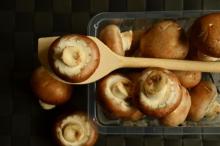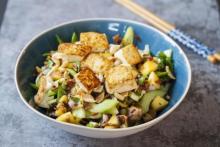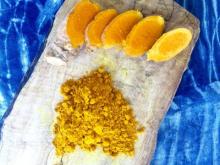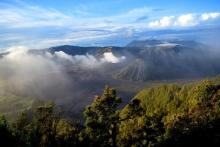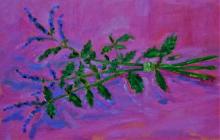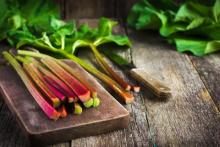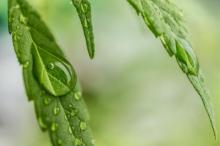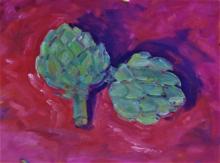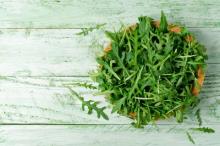Superfood 101: Mushrooms!
Mushrooms have been eaten as food and used as a healing aid since pre-history starting in the Neolithic period. They were first found in in the prehistoric lake dwellings in Austria, Germany, and Switzerland. Truffles were found in Greece and Rome where they cultivated the small Agrocybe aegerita on pieces of poplar trunks. In China and Japan they’ve grown shitake mushrooms on rotting logs. In 1678, a French botanist demonstrated the cultivation of mushrooms by transplanting their mycelia.

